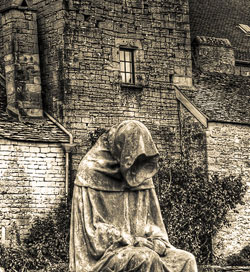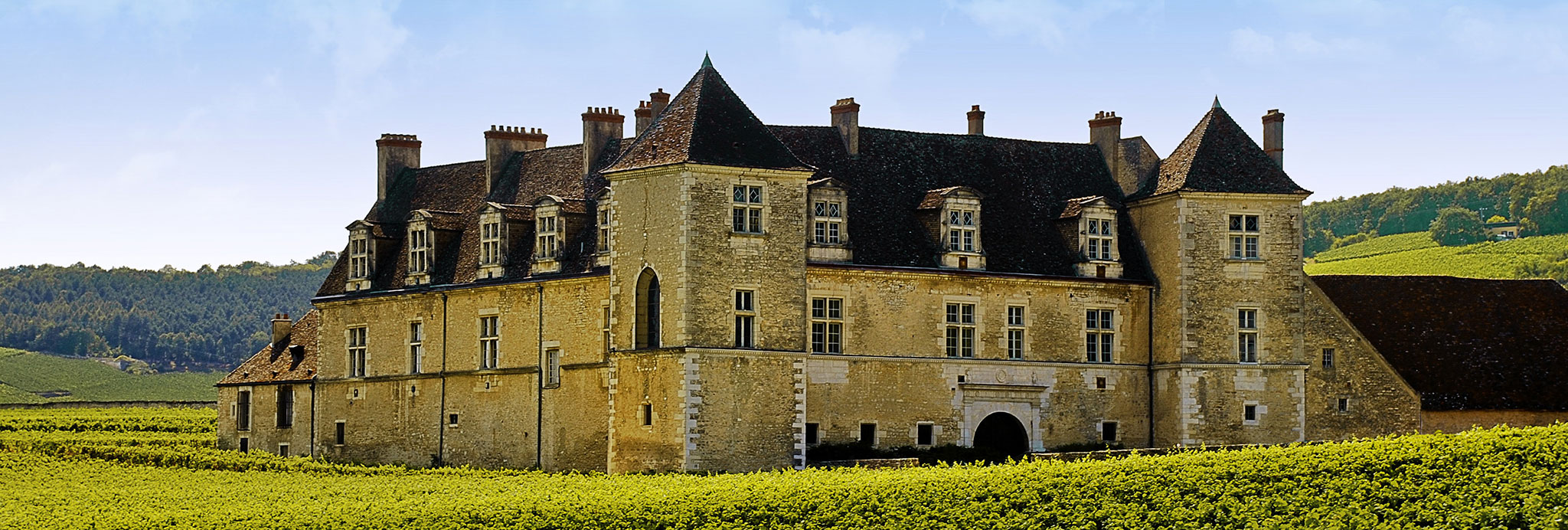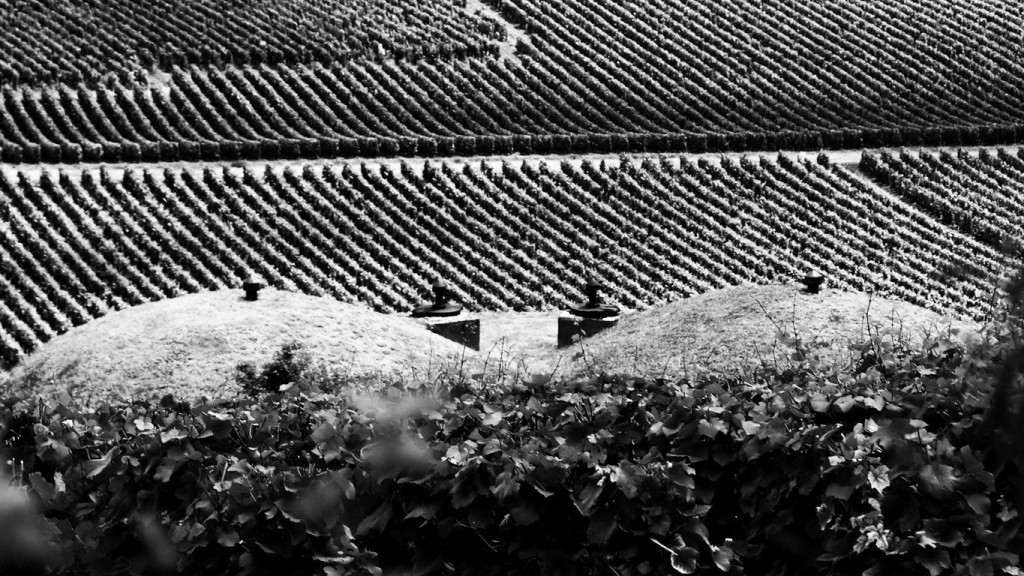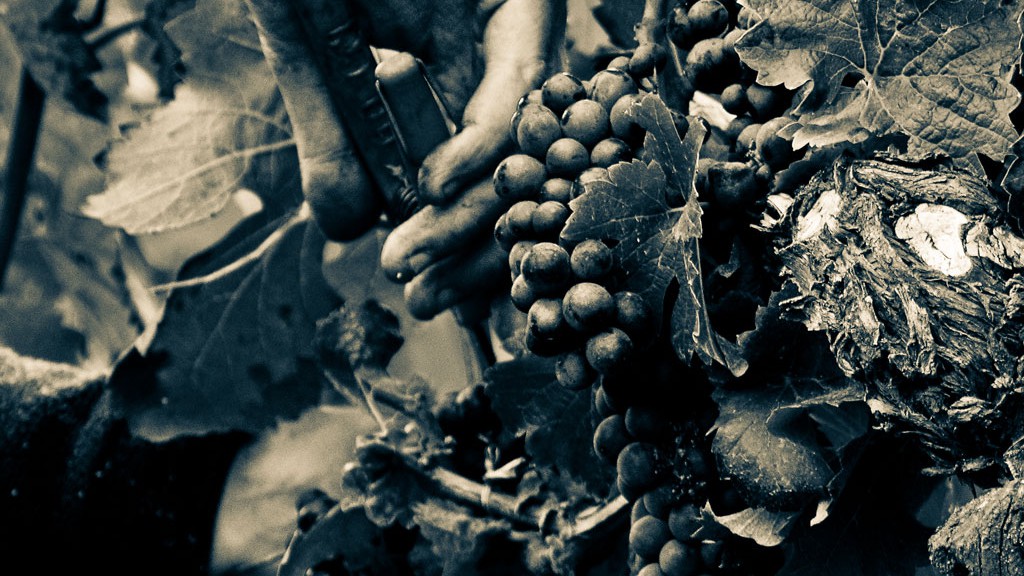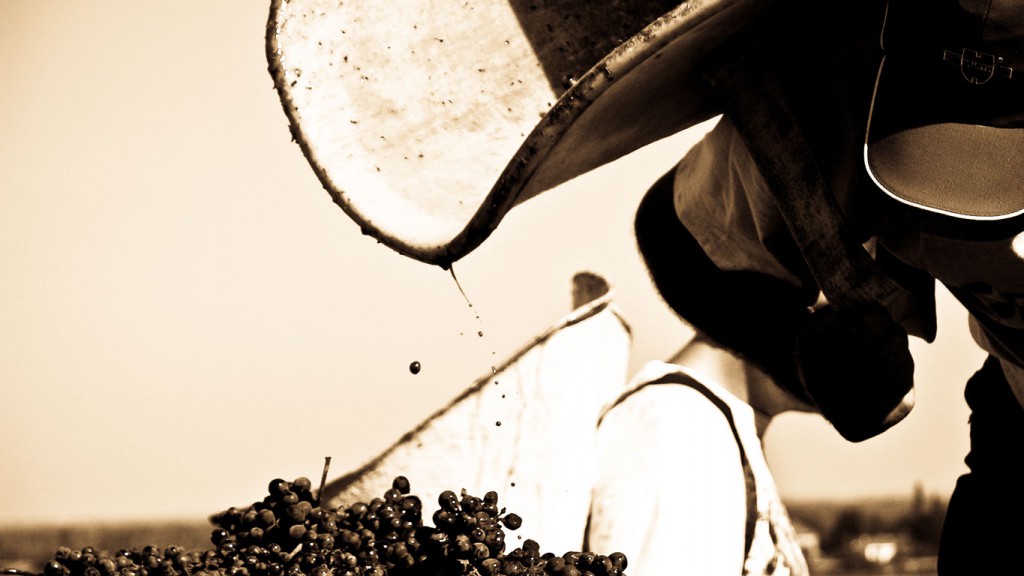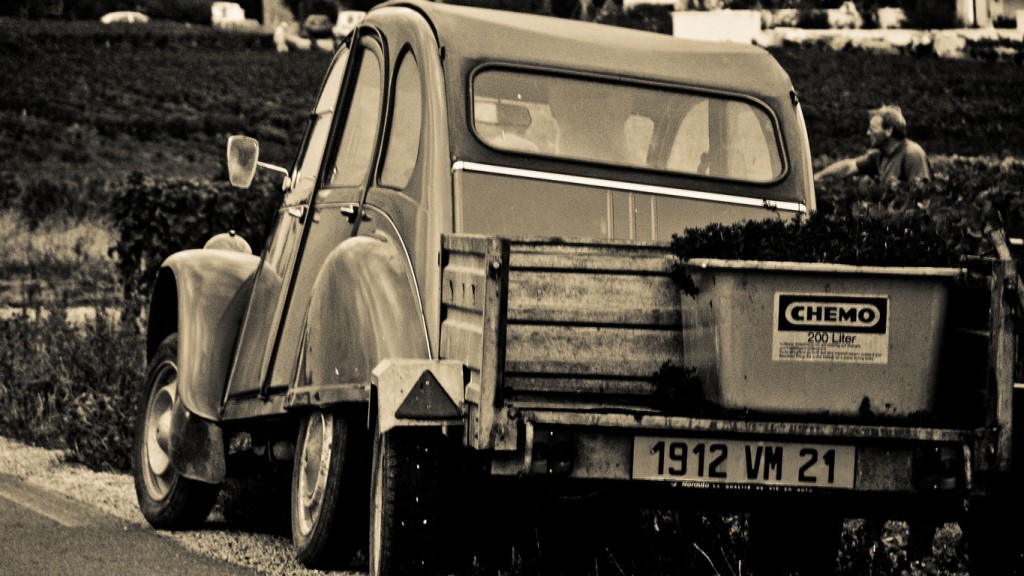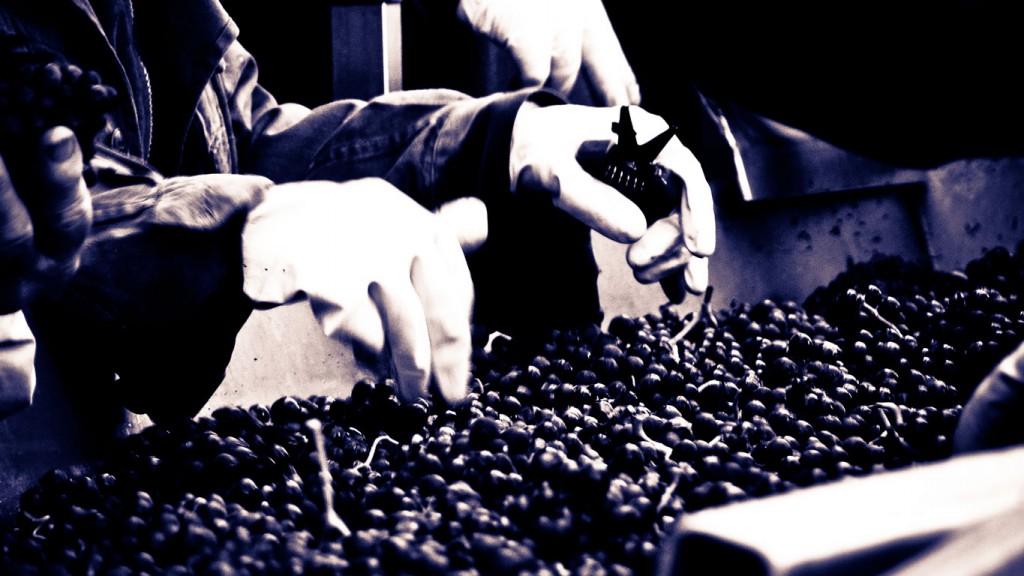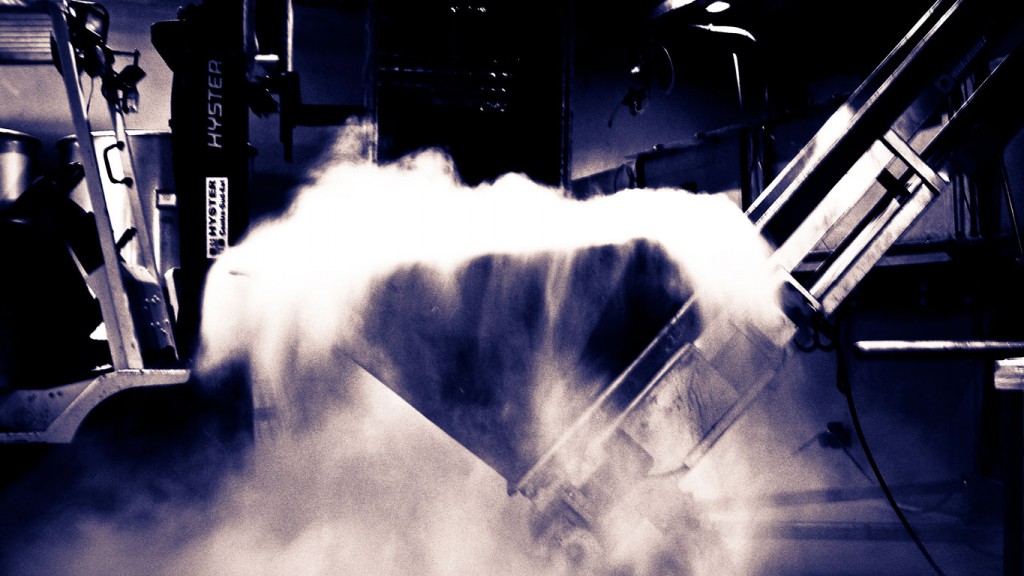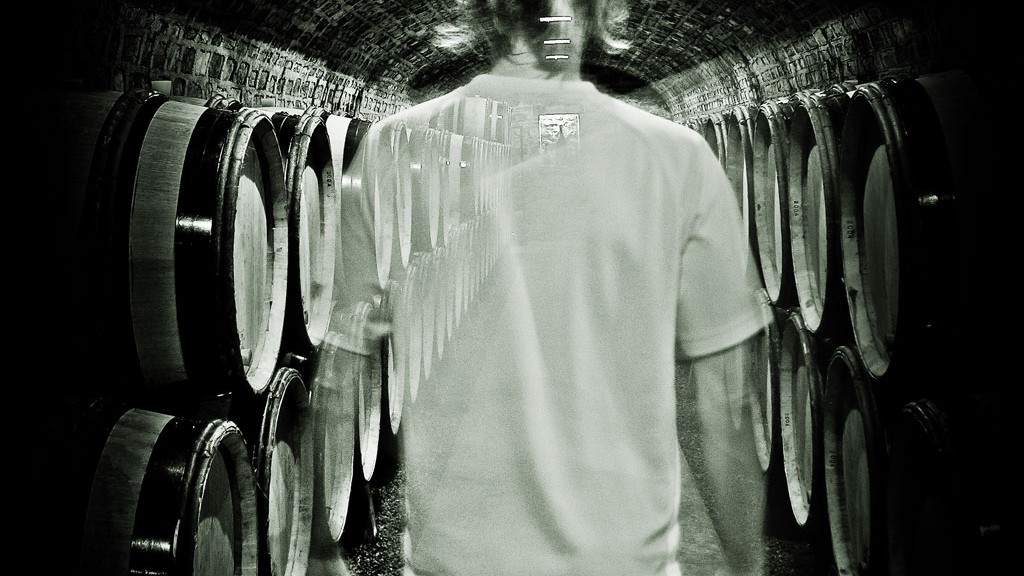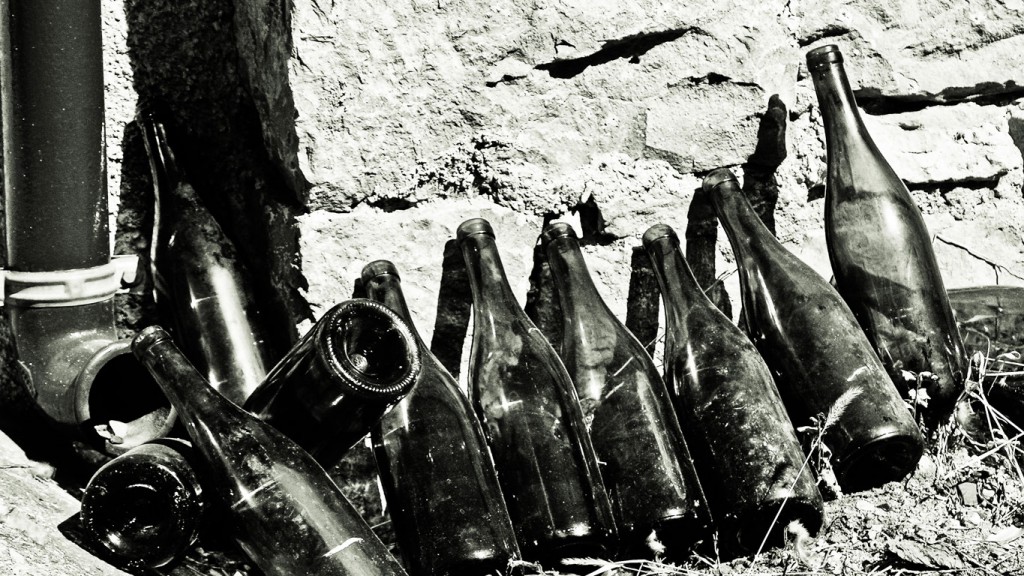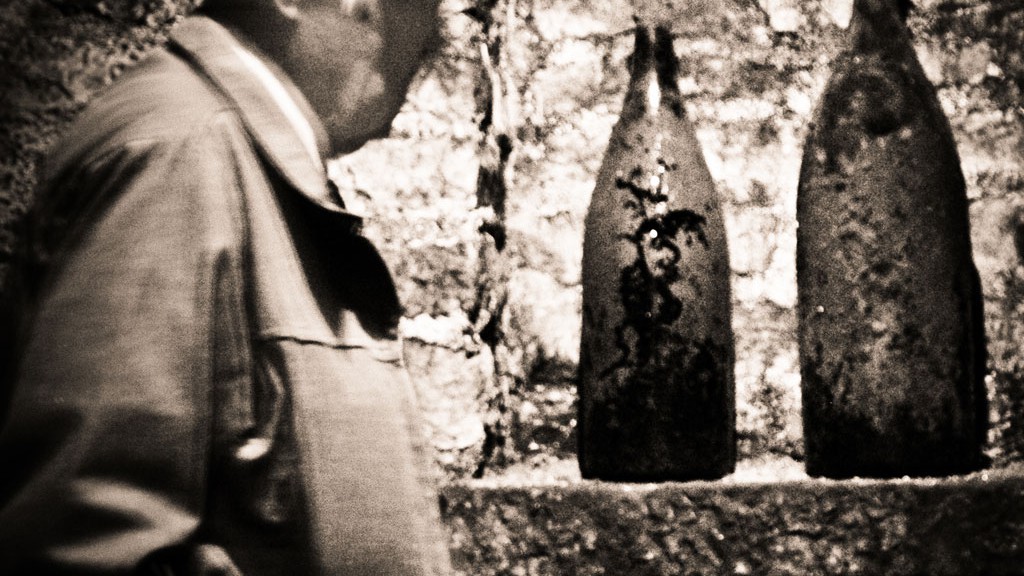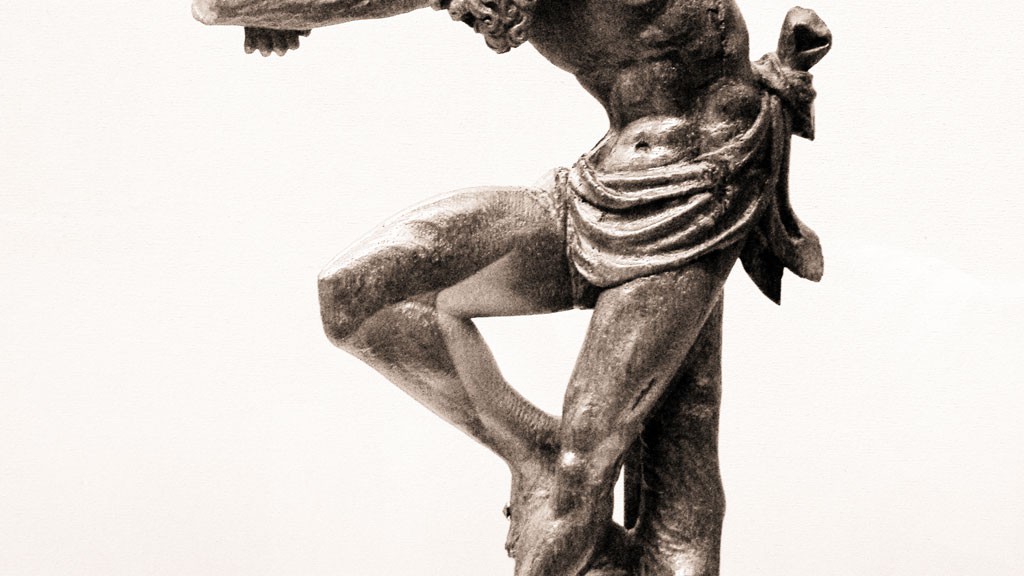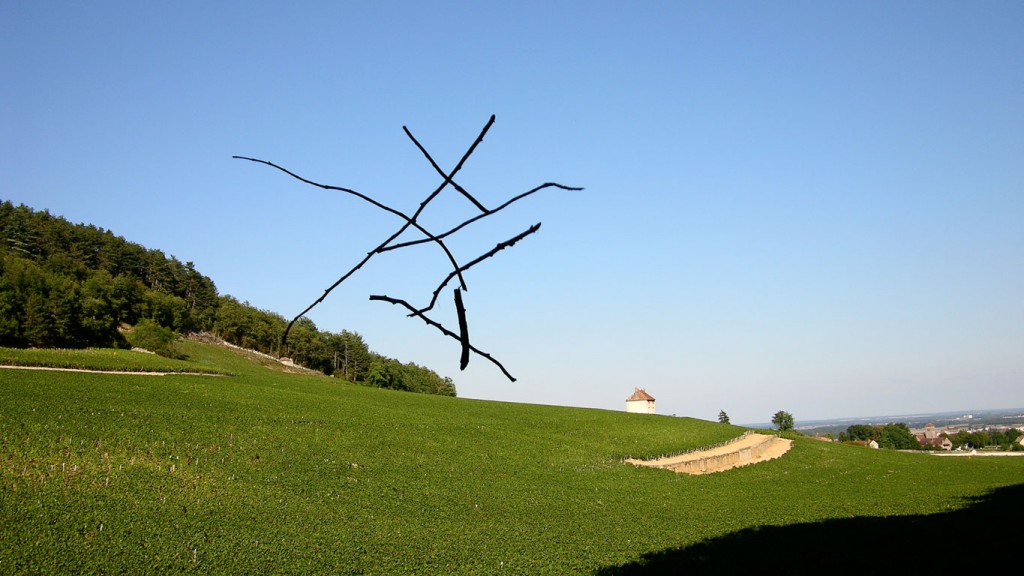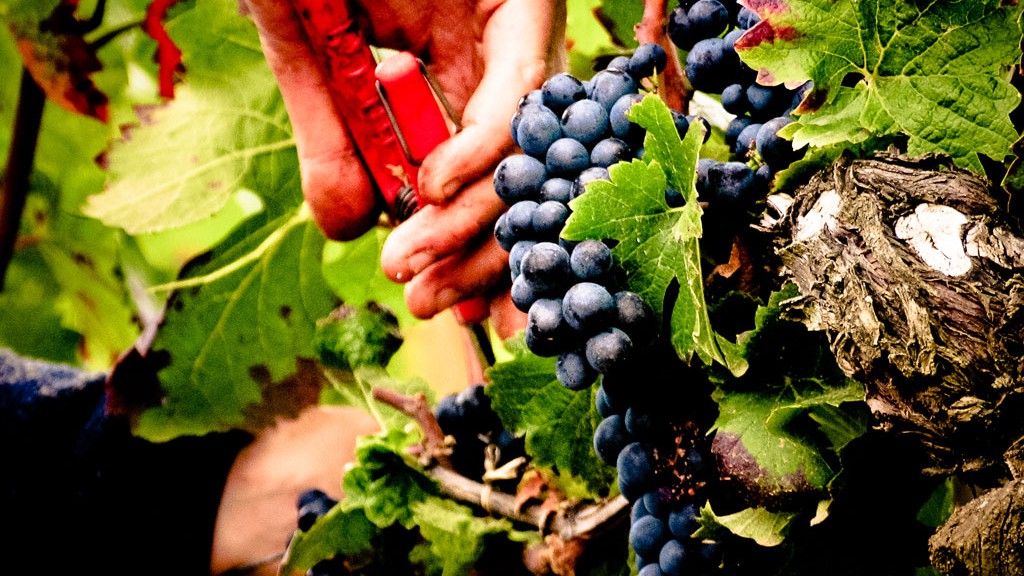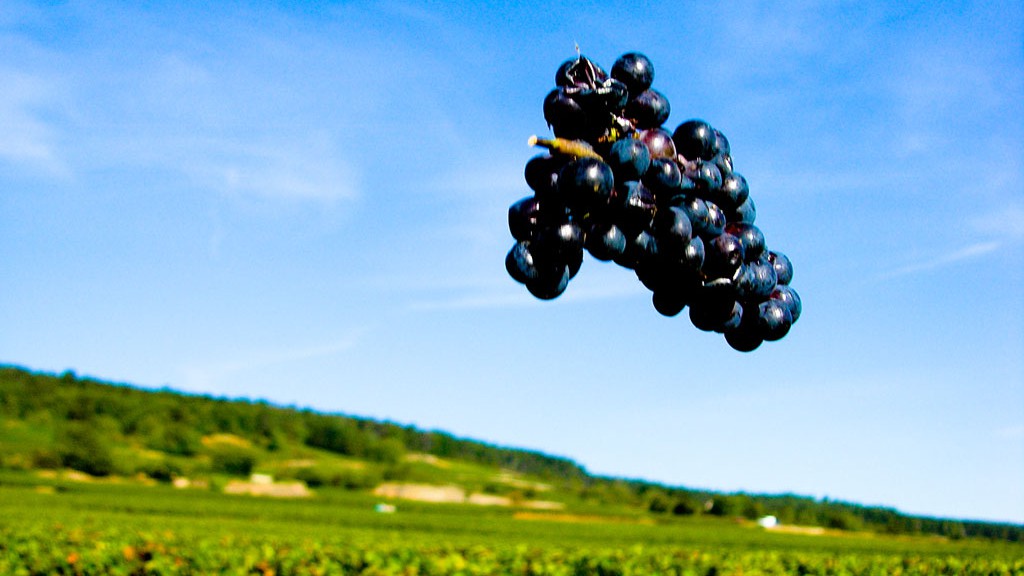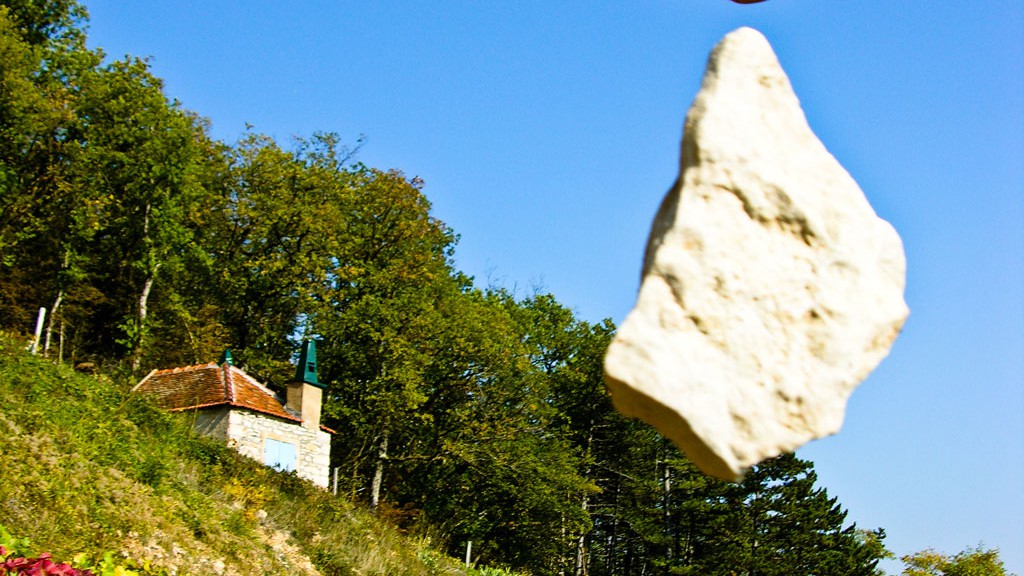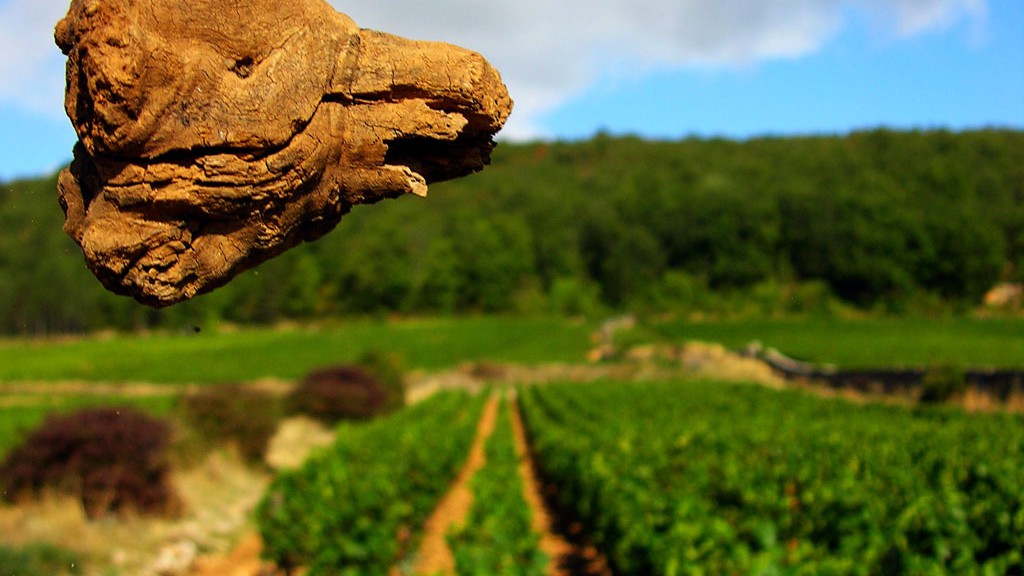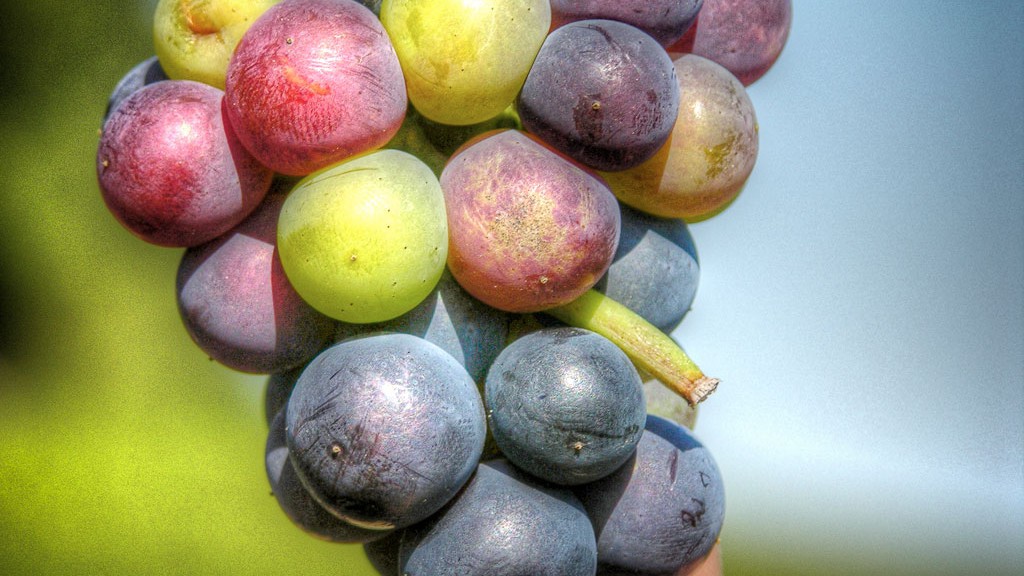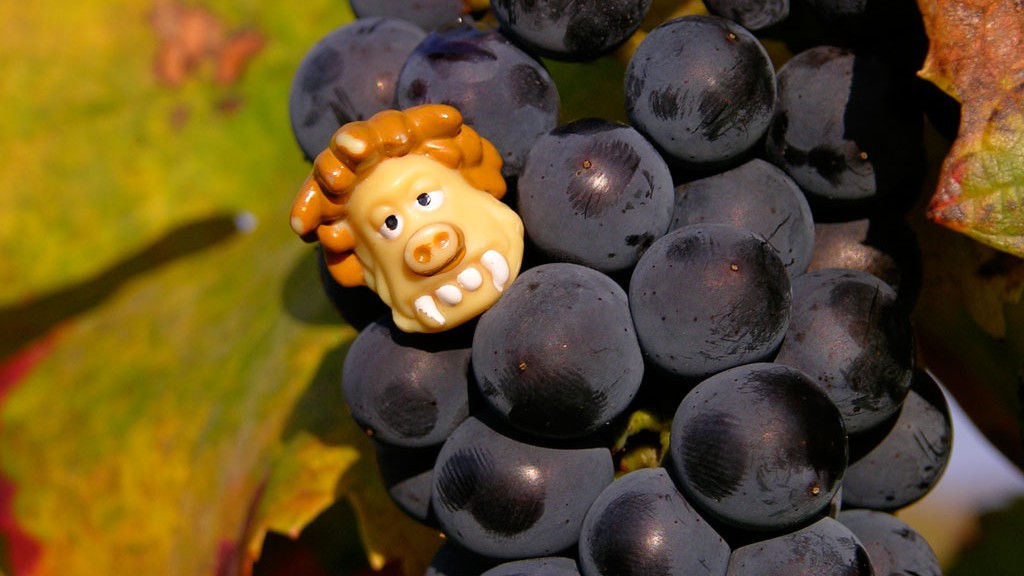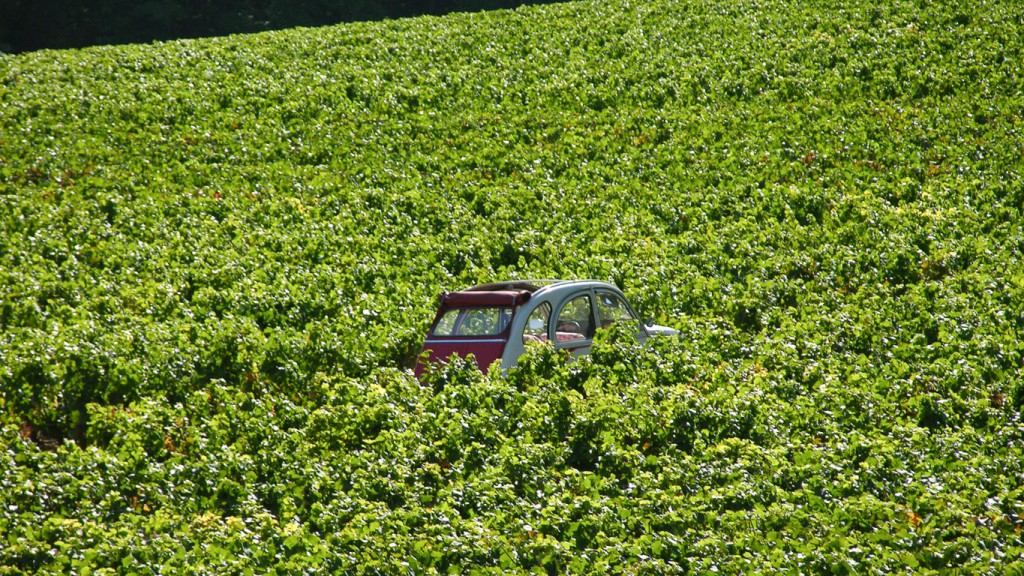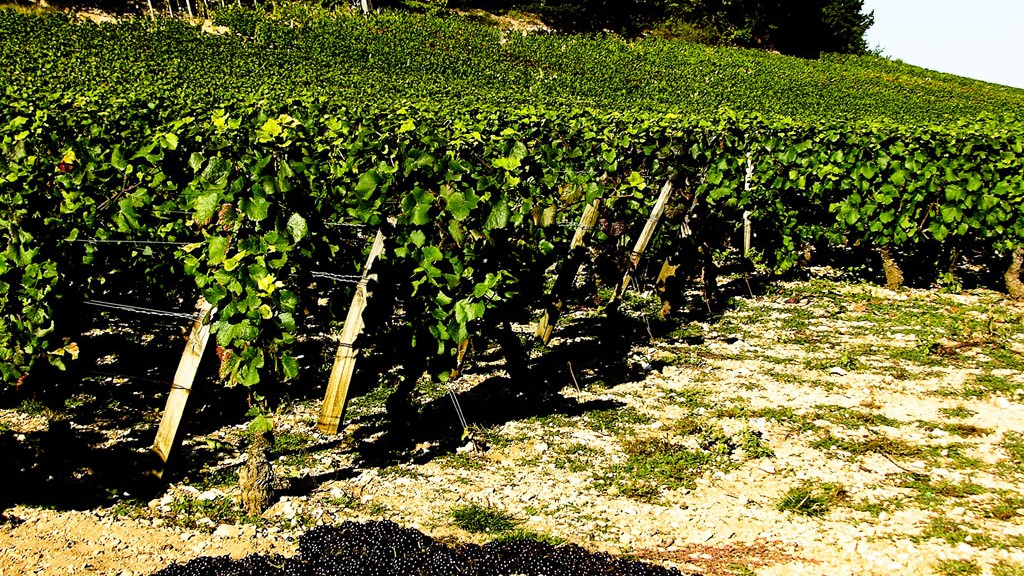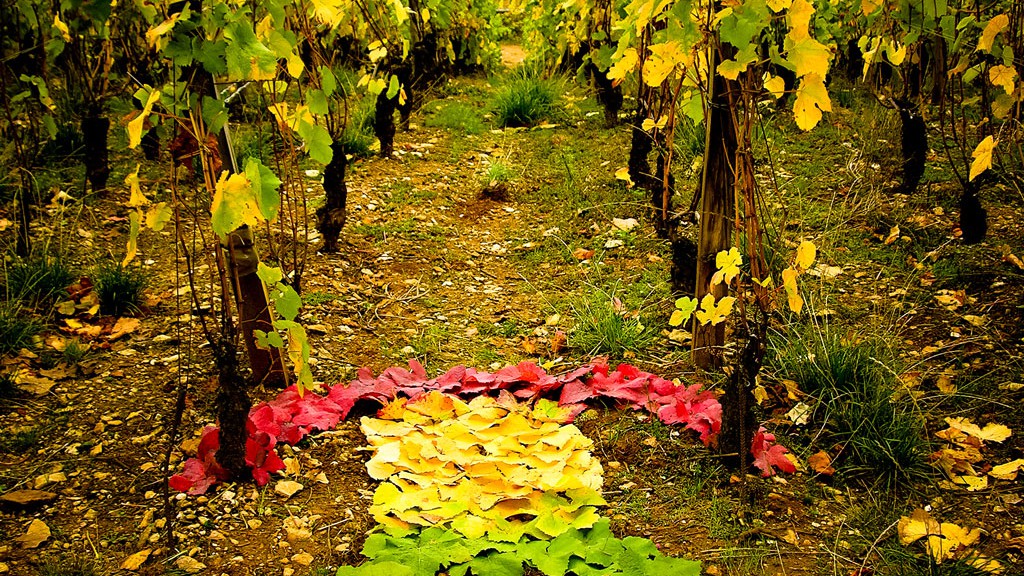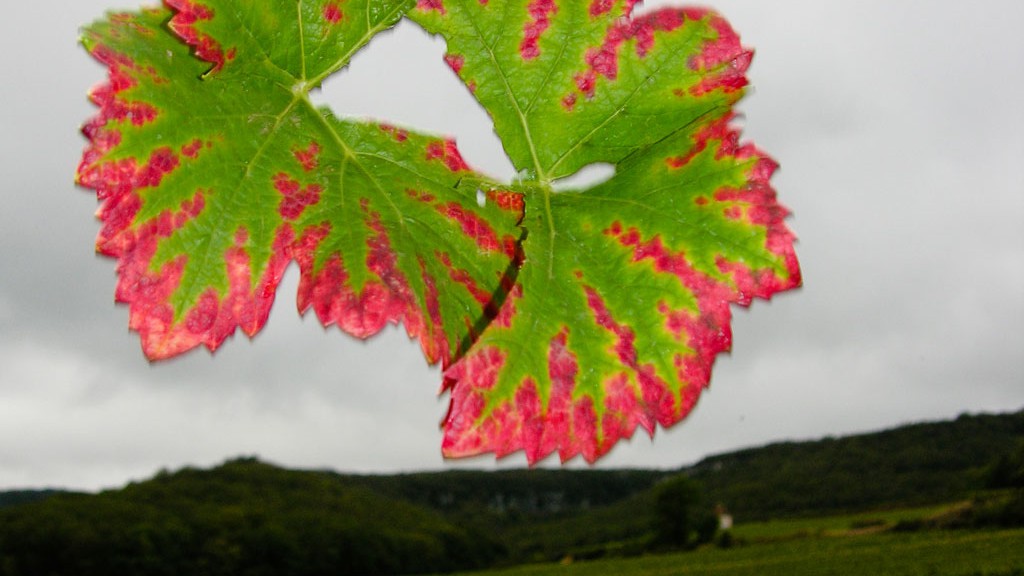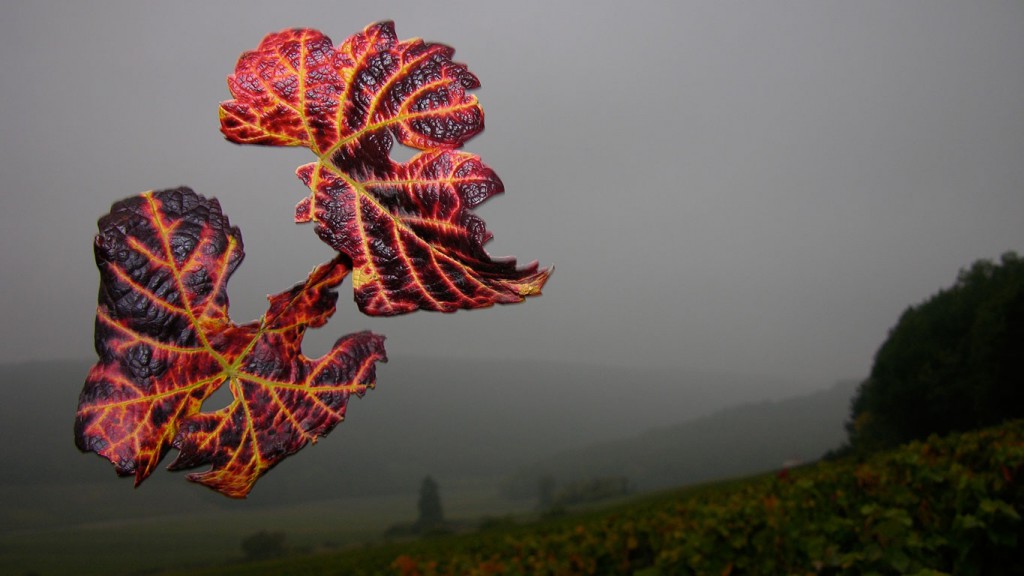Five million tourists travel to Burgundy every year
Burgundy has a considerable natural (geological), cultural (achitectural) and monumental (religious) heritage. All of these assets make it a region of immense interest for tourists. The map of burgundy is criss-crossed with abbeys, cathedrals, chateaus, museums, must-see historical sites (Hospices de Beaune, Clos de Vougeot..) and astonishing ruins. This region also has countless picturesque villages, vineyards, wine cellars, traditionnal and gourmet restaurants. Every year Burgundy welcomes five million visitors who come to stroll along the vineyard roads, visit must-see sites and stop to enjoy the rich and diverse landscapes. Burgundy is a region worth much more than a quick crossing. It is a region with a myriad of stories to tell. This is the French crossroad for hikers, curious travelers, and food and wine lovers. Burgundy offers a mosaic of original experiences.
2000 years in Burgundy
Burgundy is renowned worldwide for its 2000-year-old vineyards. Lovers of wine from every continent acknowdedge and praise the typicity and refinement of Burgundy wines. Excavations carried out in 2009 in the village of Gevrey-Chambertin uncovered remains of Gallo-Roman viticulture dating back to the first century AD. The Romans already understood that the fertile soils of this particular region would allow the cultivation of great vines.
A historical crossroad
Burgundy is a crossroad in history and culture at the heart of Europe. Many people have traveled and settled on this territory: the Gauls, the Romans, the Burgundians, the Franks, the Carolingians… Many have ruled over this land: dukes, princes and kings…The list is long! Burgundy has subsequently been a kingdom, a duchy, a county. In far-off times, Burgundy spread from Spain in the south to England in the north and from Italy to Flanders (at the time of John the Fearless and Charles the Bold, 15th century CE).

Paris/Beaune
The “Climats” of the Burgundy vineyard
The french word “terroir” means the combination of factors including soil, climate, and sunlight that gives wine grapes their distinctive character. The word “climats” is a Burgundian translation of the word “terroir”, taking on a much wider sense than usually associated with meteorological conditions (climate).
The term “Climat” was first used in the 16th century CE and designates a parcel of land dedicated to a precisely delimited vineyard, often known by that name for hundreds of years. The term “Climat” includes: a precise plot, soil, subsoil, exposure, micro-climate, all of which constitute within a given vineyard plot the characteristics that form the unique personality of a terroir and of the very wine produced thereof. Some “Climats” date back to the 7th century CE and neither the size nor the name of it has ever changed. Burgundy monks recognised one named vineyard parcel (“Climat”) or field as producing different-tasting wine (from the same grape) from a neighbouring parcel. Based on their observations, monks continued to dilineate and survey the vineyards with precision. All these “Climats” form a mosaic, a marquetery, a tapestry of vineyard plots, the grapes of which will eventually give birth to refined elegant wines.
The “Climats” of Burgundy have a specific definition beyond the common term of terroir. The ‘Climats’ have for centuries embodied the strong bond between humanity and nature, between the land and the people who work it, between the wines and the place they were vinted. This is the essential difference between Burgundy and other vineyards in France and abroad. In Burgundy, you can read the history of its inhabitants on the ground. A wine label tells a story: it conveys the history of a place, of a plot,rather than the history of a brand or make. The ‘climats’ of the Burgundy vineyards represent the construction of a culture, connected to a history many centuries-old in a place of outstanding universal value.
Burgundia Tour has been staunchly committed to the cause and application of “The Climats of Burgundy” to be included in the Unesco World Heritage Sites list.
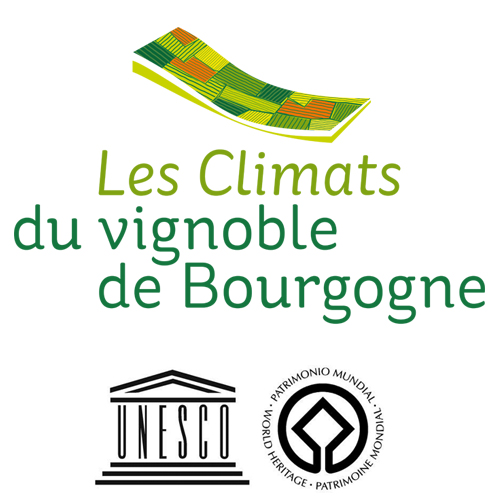
Pinot Noir & Chardonnay
The Duke of Burgundy, Philippe the Bold (Philip II of France), issued a decree that the only red grape allowed to be planted was pinot noir. He thus founded the principles of Burgundian viticulture. Gammay’s high-yelding variety of vines produced everyday wines in the middle ages. But the Duke forbade it in order not to compromise the qualitative image of Burgundy wines. Consequently, he banned Gammay vines from Dijon to Mâcon and decreed that those vines be grubbed up and that pinot noir be planted instead. From that day forward, the rule in the vineyards of Burgundy would be pinot noir for red grapes and chardonnay for white grapes. Both grape varieties originated in Burgundy and account nowadays for 80% of the Burgundian vineyard.
At the end of the 14th century, Burgundy’s fate was sealed with pinot noir. This noble grape variety is very fragile, delicate, and capricious. However, pinot noir produces high quality wines. The effects of the soils, the sub-soils, and the terroirs had already been assimilated. The Cistercian monks’ knowledge of the vineyards had gone as far as to survey and mark a range of vine plots according to their yield and to the taste of the wine that they produced. Quite a number of those plots have not changed from one row since.The quality and reputation of Burgundy wine could then start to rise, thanks to these major changes in culture. At that time, wines were only stored and preserved in wooden barrels, and the wine oxidized much more rapidly than it does now now; thanks to the bottle, an 18th century English invention. In the Middle Ages wines would be considered old when over a year after harvest, after which point they were used medicinally! Times have changed. Winemakers have forged new techniques and acquired new knowledge to better the quality of their wines, generation after generation.
Chardonnay, though now grown worldwide, originated in Burgundy, the region considered the “king” of the white grapes and wines. This varietal is less demanding than pinot noir and adapts easily to heat and varied climates. Chardonnay is the cousin of Pinot Noir and originates from both pinot noir and gouais. Chardonnay is grown in the Chablis region, on the Côte de Beaune, and in lesser quantities in other areas. In France, it is also grown in Champagne, the Loire Valley, Languedoc, and Jura. Some Burgundian villages, such as Meursault, Puligny-Montrachet, Chassagne, Givry, and Saint-Aubain, have become world-renowned thanks to chardonnay. White grands crus from the Côte de Beaune come to mind to all wine lovers all over the world: Corton, Corton-Charlemagne, Montrachet, Chevalier-Montrachet, Bâtard-Montrachet…
Other limited wine varieties
“Gamay” vines can still be found in rather small numbers. The “Gamay” wine variety is often grown on sandy and granite bedrock, ie. in complete opposition to the clay and limestone soil between Dijon and Santennay.
“Aligoté” is an old wine variety that is very strong and resistant. In fact it’s a cousin to “Chardonnay”.
What’s harder to find or “annecdotic” are vines of pinot gris, pinot blanc, pinot beurrot and sauvignon. Those few still existing vines were already planted before the appelations law of 1936. Vines of the “Melon” and “Stacy” varieties have almost disappeared.

Philip II “the Bold”,
Duke of Burgundy
Abbeys and Monks
The Burgundian monks: 10 centuries of vine cultivation
Between the 6th and 15th centuries, Christianity was on the rise in France, and monks were charged with organizing, classifying, and perfecting the skills associated with the cultivation of grapes and production of wine. These Cistercian and Benedictine monks obtained land through donations from the French nobility. Many religious communities established estates, bought neighboring vineyard plots, and began producing quality wines. The monks were amazing winemakers. Wine was sacred to Christians of this period, and these monks were charged with producing the best wine in the entire Christian world.
Beginning in the 15th century, Burgundy wines were served throughout Europe. During the reign of the Dukes of Burgundy, wine were an instrument of power and prestige, gradually becoming a major political and economic asset. In the Abbeys of Cîteaux, Cluny, and Saint-Vivant de Vergy, the monks maintained their knowledge, the high quality of their wine, and their excellent reputation. The monks had rigorous ways of pruning the vines, comparing and selecting varietals, naming and classifying the plots in accordance with production quality and storing the wine. The knowledge of the monks has been passed on and enriched over centuries. These centuries have left an indelible mark that can still be seen in the soil, as if tattooed onto the ground in a myriad of “clos” and a design of “climats”. The precious heritage of the Burgundy monks must be preserved and passed along to future generations.
